Iranian-French architect and designer India Mahdavi gives a fresh spin to the ‘tree of life’ fundamental archetype that dotted the textile art prints of Josef Frank – one of early Vienna Modernism’s foremost figures. Taking cues from the Austrian architect’s 1940s hand-printed Vegetable Tree fabric, Mahdavi has covered these prints over walls, furniture, throw pillows and lampshades for an exhibition titled Frankly Yours, India Mahdavi. The showcase, presented in collaboration with Swedish interior design company Svenskt Tenn, opened to the public during the recent Stockholm Design Week. The patterns comprising illustrations of fruits, vegetables, leafs and flowers – evoke the untamed exuberance of nature within the walled setting and reverberate the words of Frank, who believed bright colours and powerful patterns could take away the feeling of confinement.
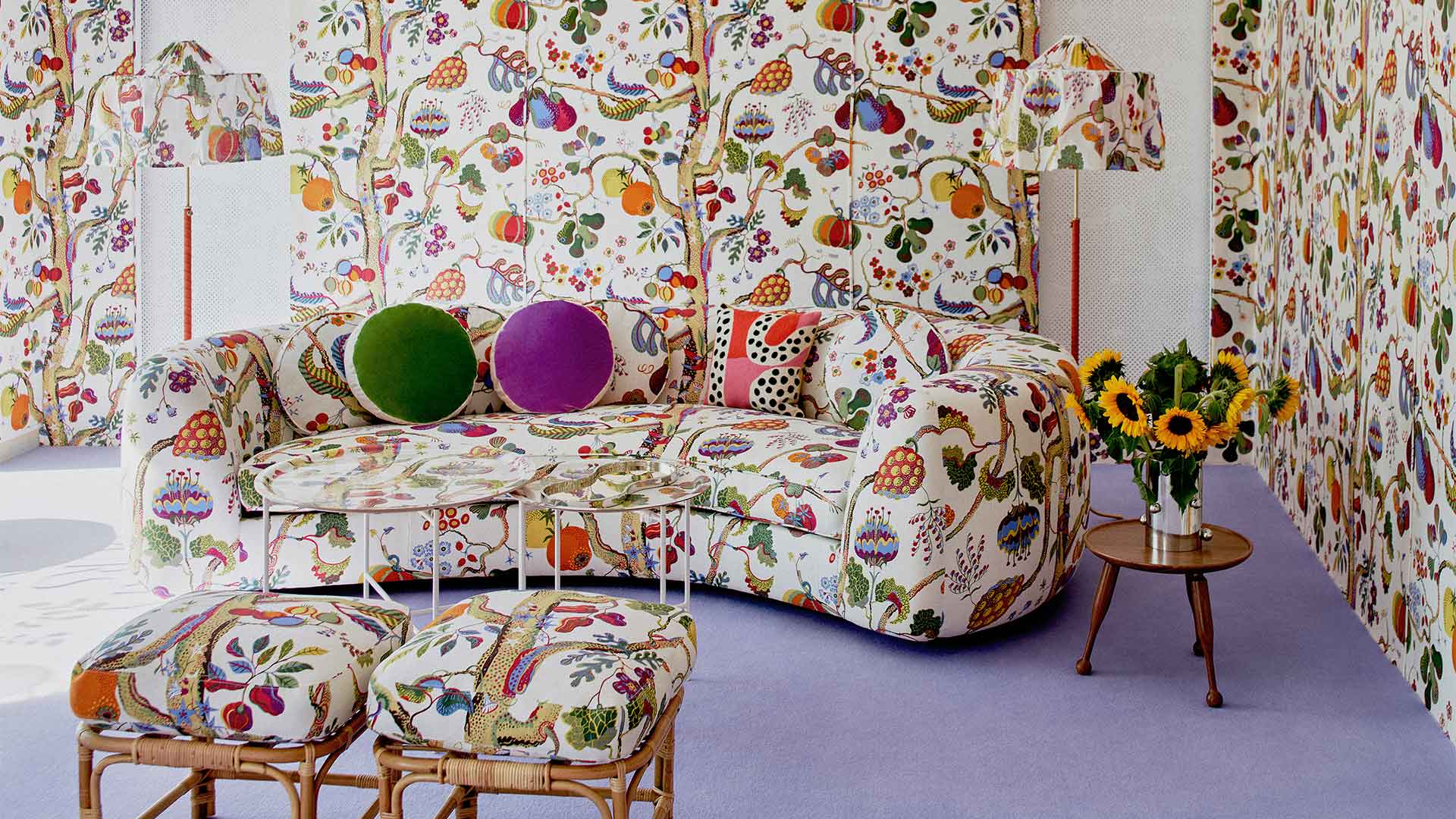
“The ‘Vegetable Tree’ print brings us back to the root of life: nature in its purest form. The joy I aim to transmit through my projects are well portrayed through the print and its wide range of colours. This exhibition is an exaggeration, where I have placed the fabric all over the walls and furniture. It is a caricature of the space, which allows to perceive it in a different way and to highlight its beauty,” Mahdavi shares in an official press statement.
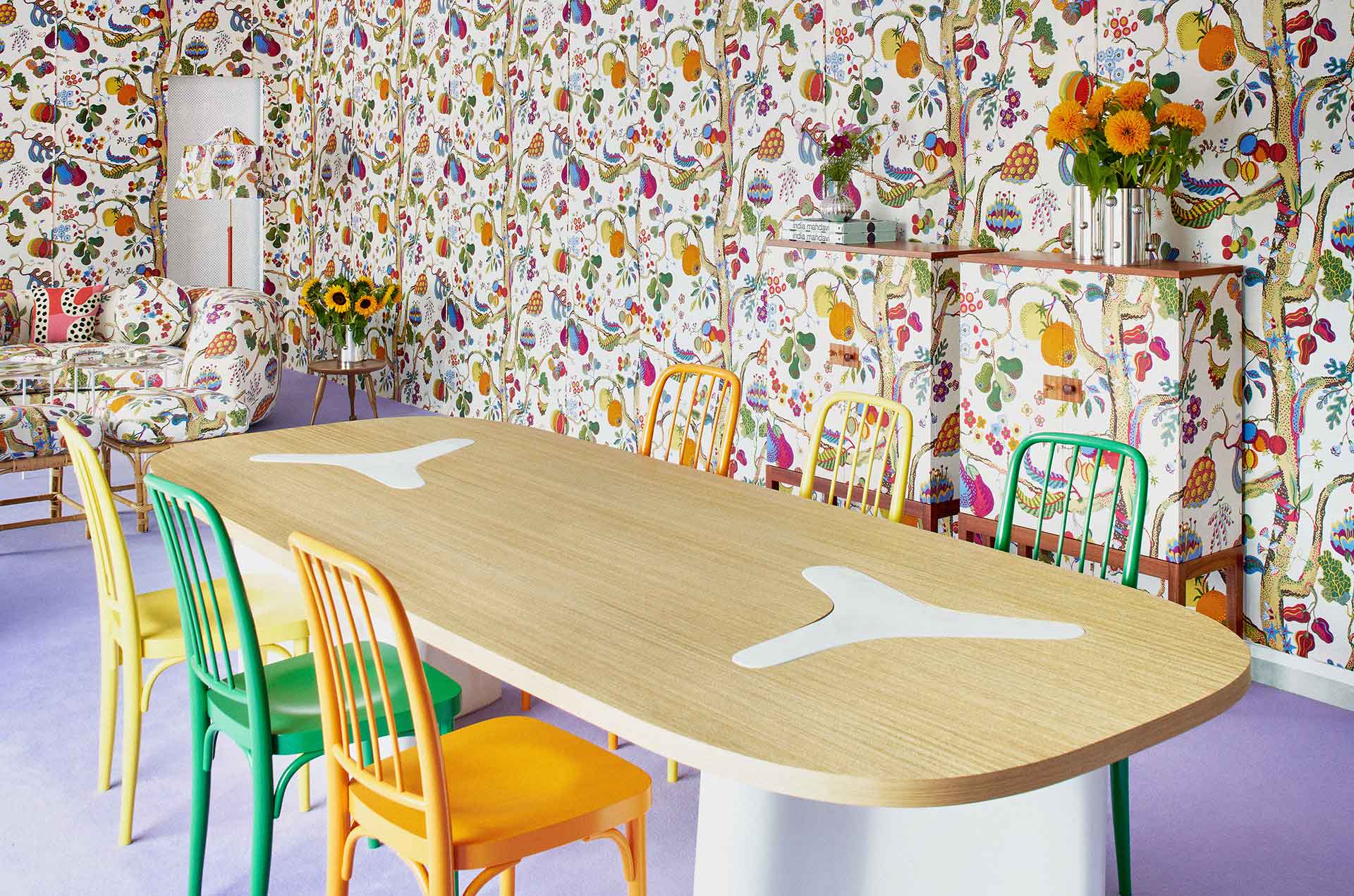
Trying to breathe and exude freedom within confined rooms, a goal that Frank sought with every piece of his botanical art, Mahdavi’s work with this exhibition too seeks that release within the prints. “I wanted it to be super fresh. I wanted that when you walk into the exhibition space you find a sense of happiness, showing how modern and timeless these fabrics are. The way I use this pattern, I wanted it to be a bit more radical so I used the pattern as an all over feature covering all of Frank’s furniture and some of mine. It’s really a conversation that we are having,” adds Mahdavi.
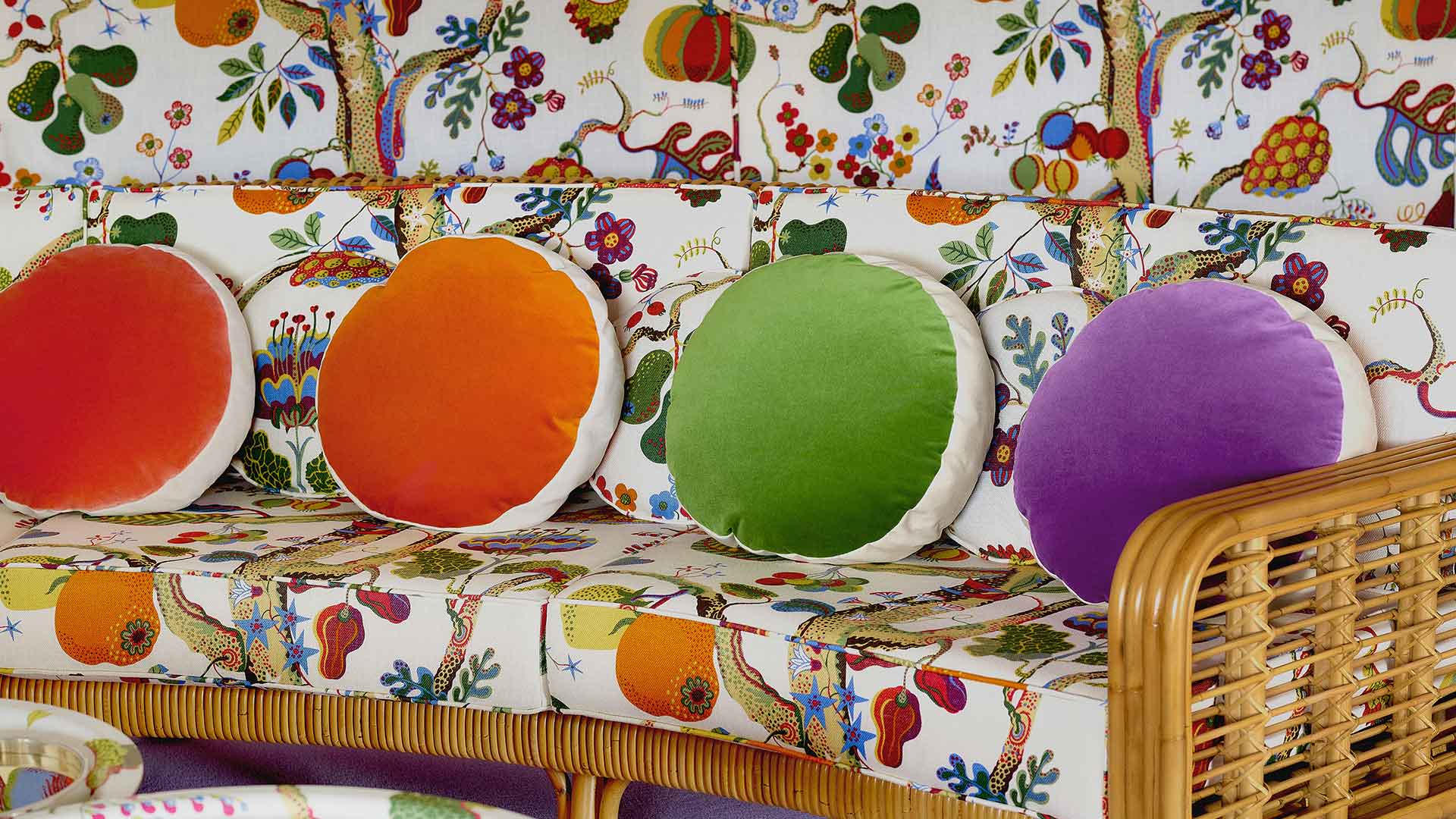
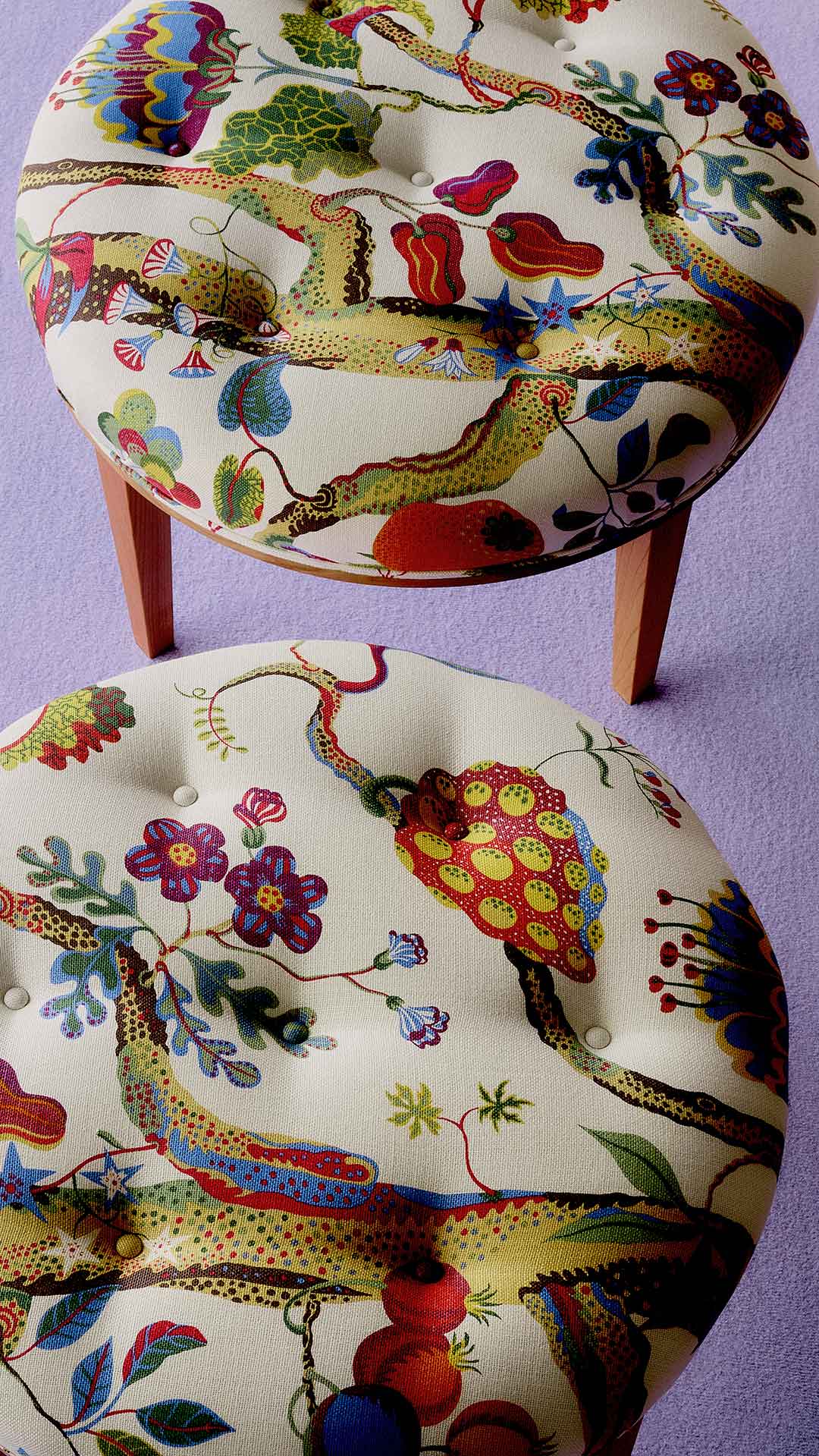
The patterns, originally designed by Frank in New York from 1943-1945, conveyed his little appreciation for French architect Le Corbusier’s belief that a house should be a machine for living in. For him, standardised interiors meditating on the principles of modernism and producing elements like tubular steel furniture was a threat to humanity. On the contrary, he preferred utilitarian pieces that people could see through. He had joined Svenskt Tenn in 1934 where he worked closely with the company’s woman founder Estrid Ericson. The duo received enormous attention for conceiving Svenskt Tenn’s exhibition room at the World Expositions in Paris in 1937 and New York in 1939, projects that became the model for the expression “Swedish Modern”.
Frankly Yours also presents a lampshade by Mahdavi, inspired by Frank’s lamp 2326, in addition to two pewter items (a vase and a tray) that she designed as a tribute to Ericson’s work. “At the age of 30,” shares Mahdavi. “Back in 1924, she [Ericson] was already such an example for women: a strong and independent entrepreneur. The whole project honours the history, the origins and the work made by Svenskt Tenn, Estrid Ericson and Josef Frank.”
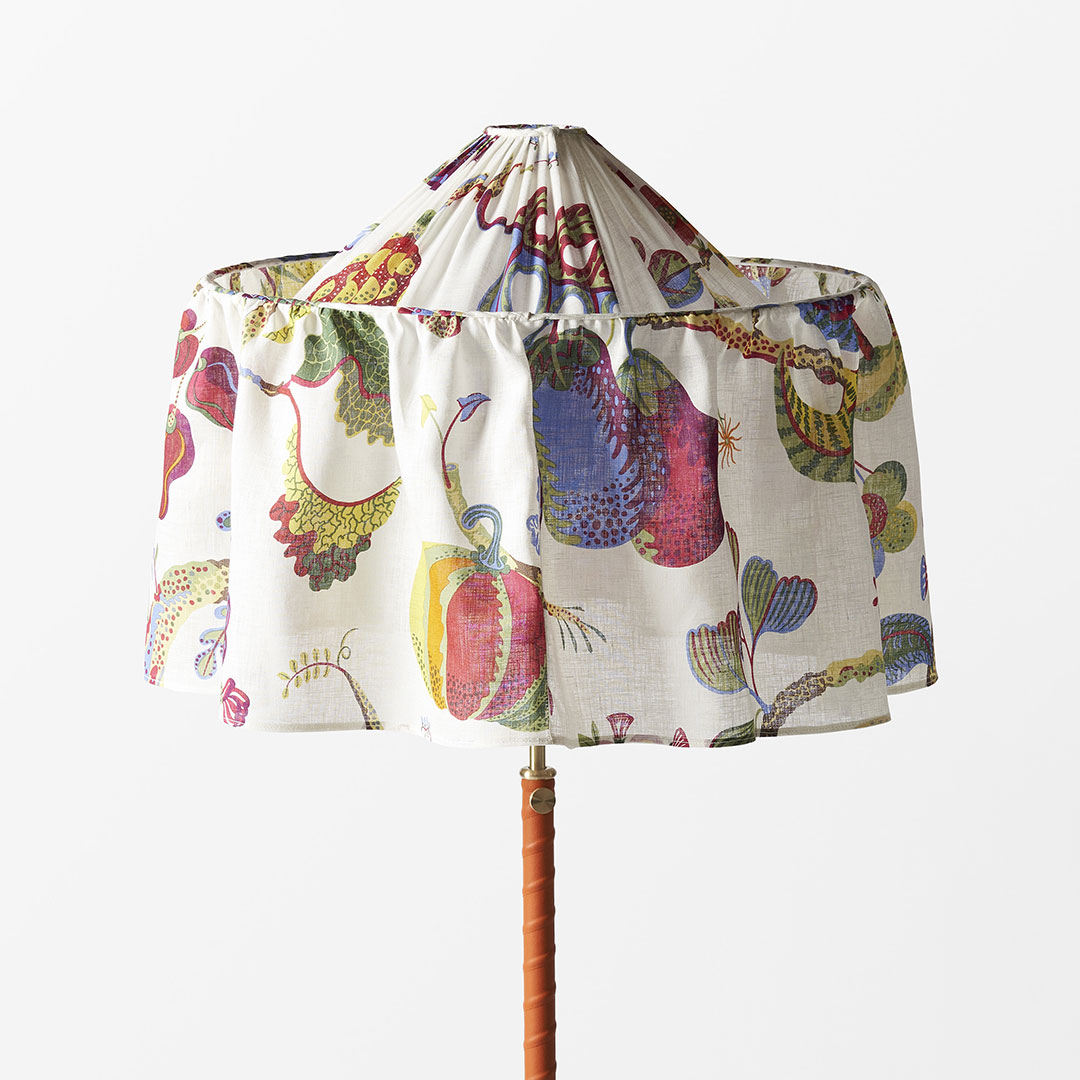
The floor lamp, she continues, “is all about exaggeration, with orange colours and a vibrant lampshade. The two pewter items are based on some of my petits objets – sold in my eponymous boutique located on rue Las Cases in Paris.”
A recurrent thread in most of her works, colour originally found its way in Mahdavi’s life as a result of her eclectic childhood. She attributes her close connect with colours as a consequence of her memory and heritage: of her Iranian and Egyptian roots, growing up in the United States in the 60s and living in the South of France. “It is a language that I have come to use fluently. As I see it, colours have conversations. They argue and reconcile,” she says. A similar conversation is elicited at the Svenskt Tenn, and as Mahdavi says, “frankly it does work very nicely.”
Frankly Yours, India Mahdavi is on view at the Svenskt Tenn store in Stockholm from September 05, 2022 to October 23, 2022.






 Sign in with email
Sign in with email


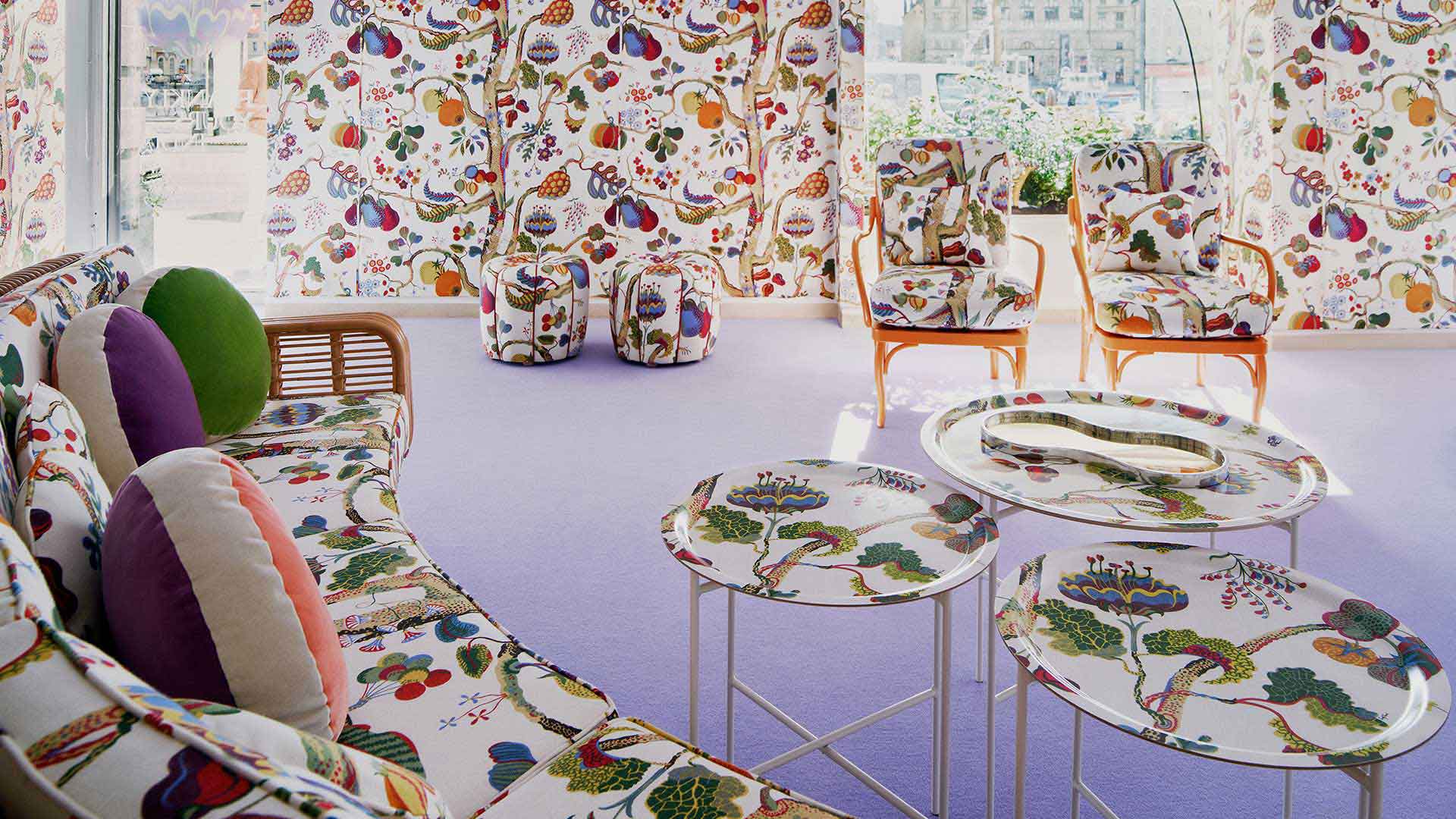
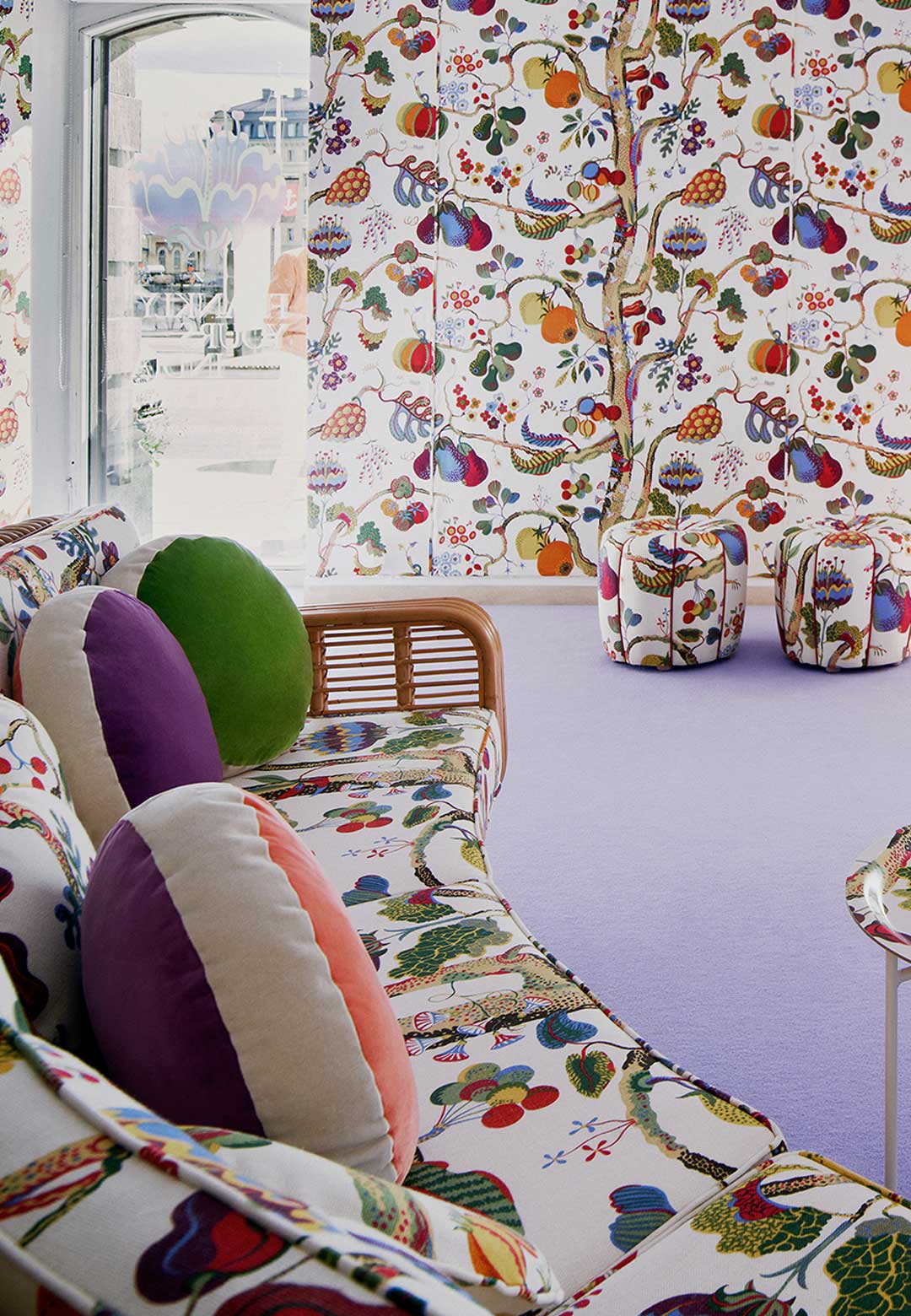
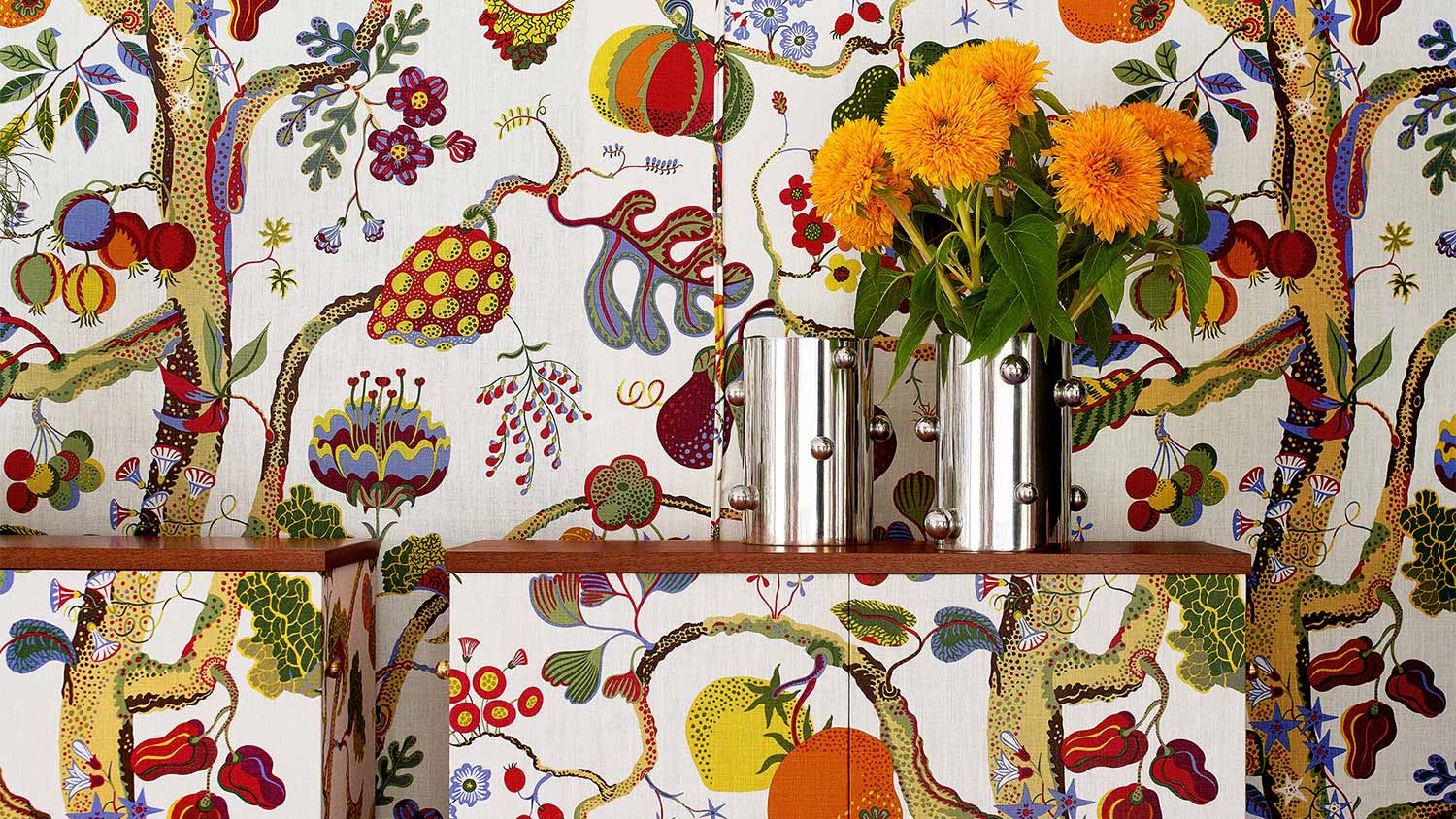
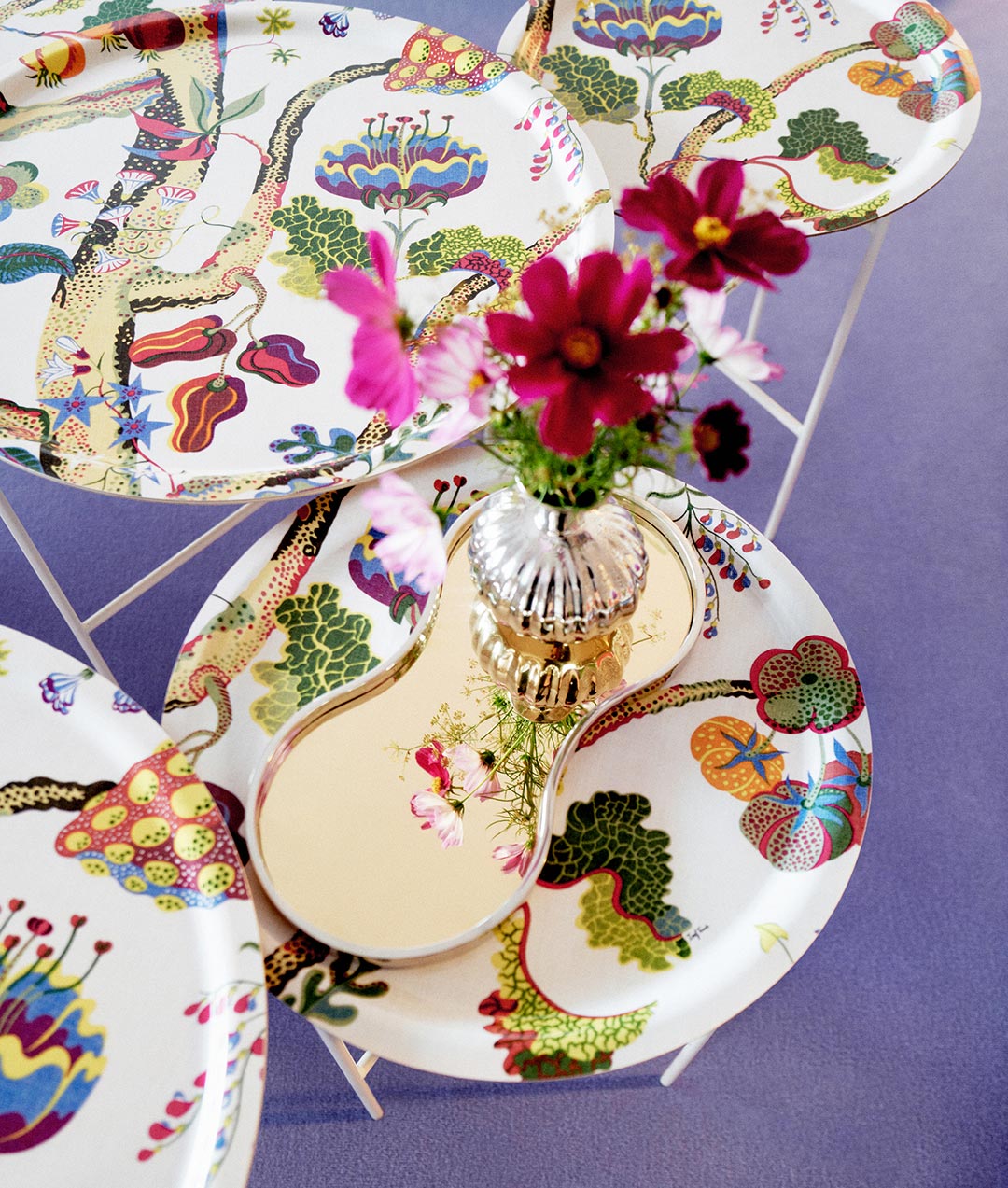






What do you think?